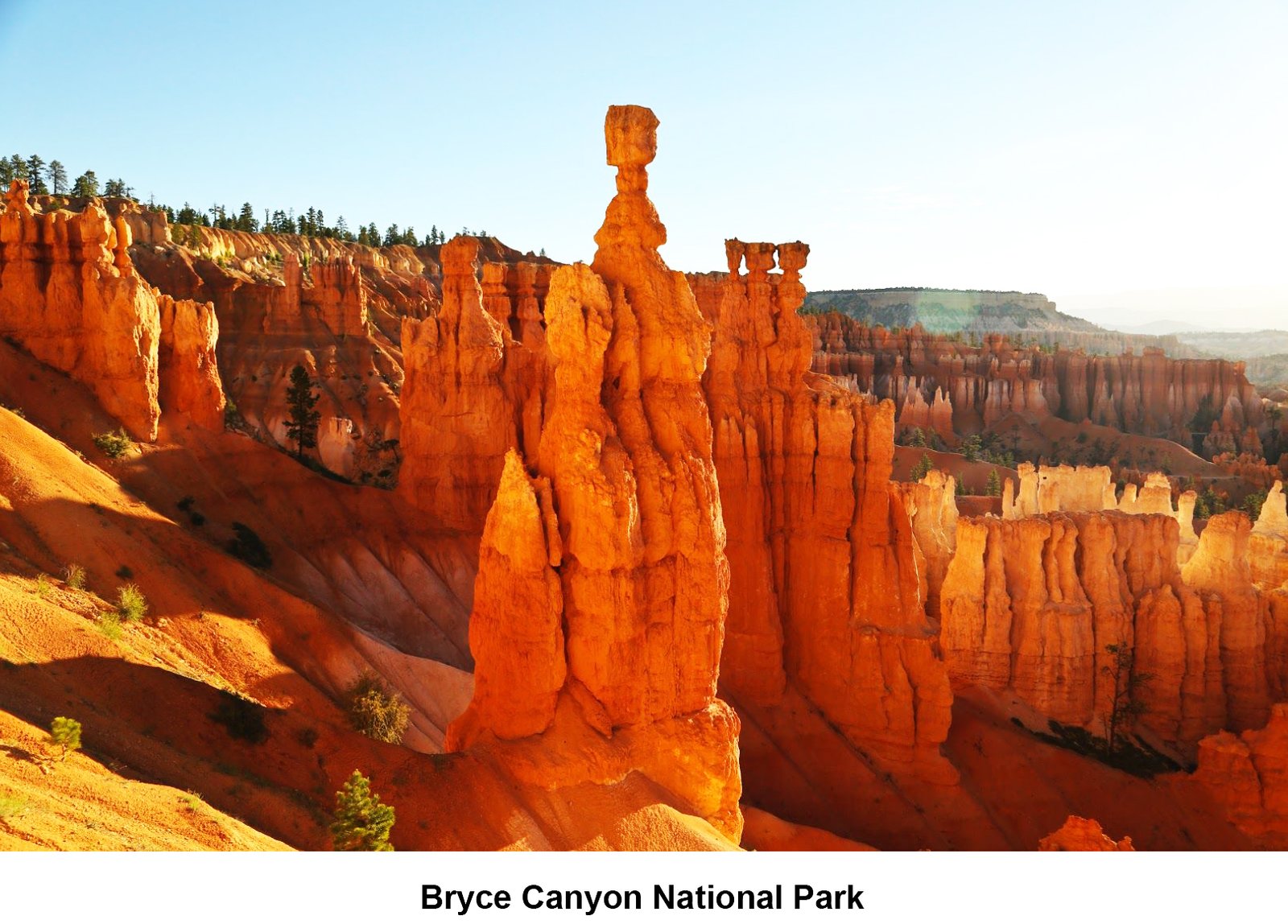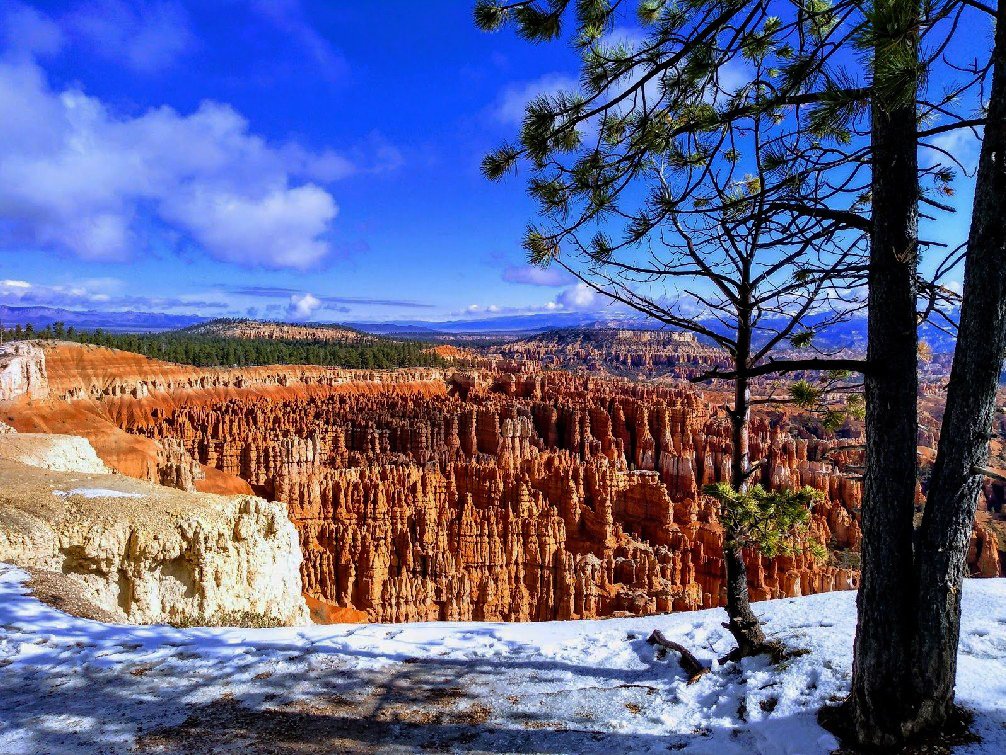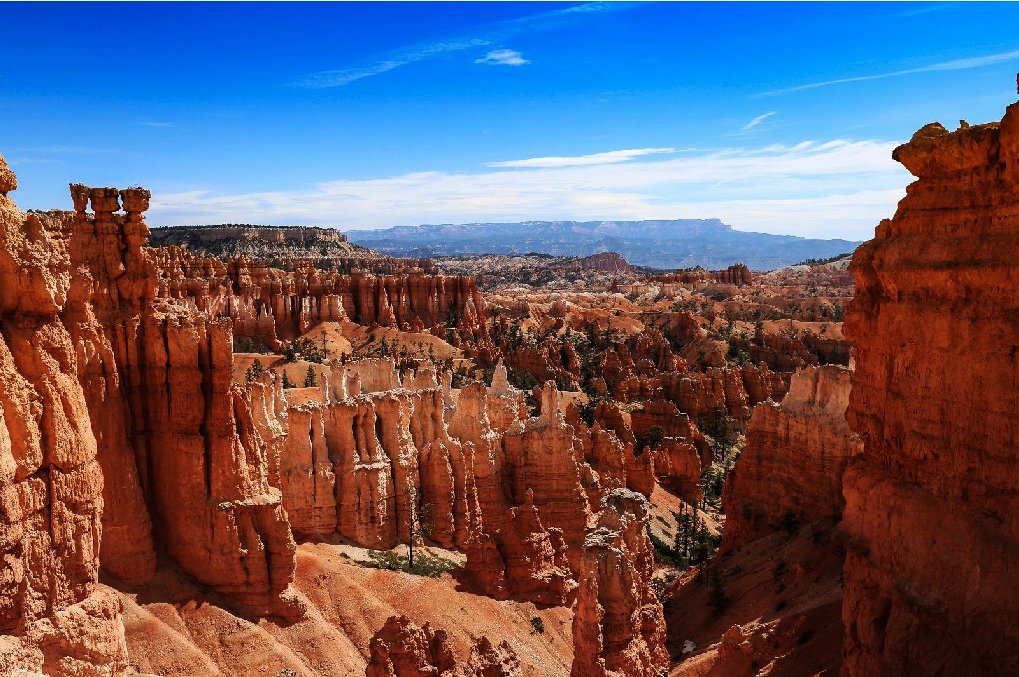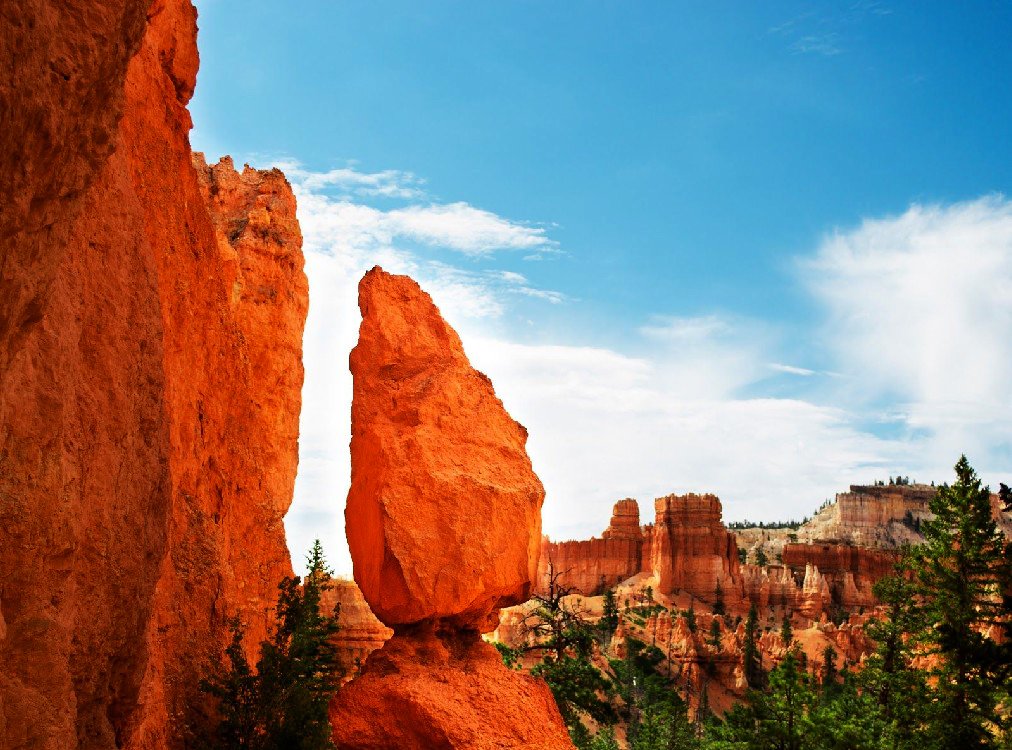Hoodoos – Will Cast a Spell on You!

What Are They?
Hoodoo is a funny word. It sounds like it could be a goblin, a weird way to greet someone, or some kind of a magic spell. But a hoodoo is actually an unusual rock formation, that is as intriguing as it is rare.
Hoodoos, also called fairy chimneys or tent rocks, do exist around the globe. Different types and shapes are caused by the different rock layers, and whether they are sedimentary or volcanic. A hoodoo is generally more varied in shape than rock spires, which are more smooth and uniform.

Where Are They Found?
Also, hoodoos are mostly in hot, dry climates, enabling both erosion and preservation of the naturally forming shapes. Water and wind erode the rock, but the dry climate helps to maintain nature’s creations.
While there can be found many places around the world with some type of hoodoo, nowhere is there a higher concentration than in Bryce Canyon National Park . In addition to the number of hoodoos that Bryce has, the unique colors of bright reds, oranges and whites add to an overall landscape that is truly like no other. It is as if nature harmonized all the elements together in
this one place to create a masterpiece.

How They Are Created?
Hoodoos typically form when hard rock is on top of soft rock. If you layer limestone, basalt or solid sandstone on top of mudstone, or soft sandstone, then erosion will wash out the lower sections before the upper sections. The harder layer on top protects and weighs down on the softer section below.
Erosion takes place from water and wind, but also from freeze and thaw cycles. Bryce is a dry climate, but does have over 200 freeze and thaw cycles a year. That means that melting snow can seep into cracks and freeze at night. This expands the crack, little by little, and changes the structure and integrity of the rock. These freeze thaw cycles help to erode the rock and form the
hoodoos and other landscape features in the area. This process is called frost wedging. Rain also assists in the process. Regular rainfall slowly washes away some of the volume. Summer monsoonal rains (short bursts, or flash floods) will wash away more at the base and the floor, helping to pronounce the landscape even further.

What Do You Call a Group of Hoodoos?
At Bryce Canyon National Park, the hoodoos form a series of natural Amphitheaters. These are naturally occurring formations where a steep mountain or a particular rock formation naturally amplifies or echoes sound. The largest is called Bryce Amphitheater, which extends 12 miles (19
km) long and is 3 miles (5 km) wide. It is 800 feet (240 m) deep. Other smaller amphitheaters open up different views within the park. So even though it is called Bryce Canyon, the area is not actually a canyon at all. It lies within the Colorado Plateau, straddling the southeastern edge of the Paunsaugunt Plateau west of the Paunsaugunt Fault. This collection of amphitheaters and hoodoos is a magical place.

Bryce Canyon National Park
At Bryce, visitors can experience more than 100 species of birds, dozens of mammals, and more than a thousand species of plants. Bryce Canyon National Park has a dry climate, and the rim is 8,000 feet above sea level. Air quality is supreme, offering clarity for day viewing and night skies.
The contrasts of colors from red rocks, green trees, and blue skies is dramatic and inviting for the photographer. The current wildlife and flowers living in the area are quite different from those whose fossils are in the exposed layers of rock. The Bryce Canyon amphitheater reveals a long geologic
history of sedimentation and erosion. Faulting, uplift and erosion all add to the modern day discovery of plant and animal life in this area between 130 to 40 million years ago. The Paunsaugunt Plateau is now covered with forests, plantlife and animals.
It is easy to walk along the rim, at several different viewpoints within the park. There are also a number of trails to venture down in and among the hoodoos themselves. This enables visitors to not only view them from above, but next to and from the bottom upward. Each point of view is fascinating and different. It is an explorers paradise.

How Do You Hoodoo?
A visit to a hoodoo region is memorable and should be on your list. Each hoodoo region is different, and in fact they could combine to create their own “bucket list.” Colors, shapes and climates all differ and add intrigue. From Cappaddocia in Turkey, to Devil’s Town in Armenia, to Bryce Canyon National Park, you will be amazed with the beauty that nature has provided.

How Do You Get There?
Bryce Canyon National Park, home of the highest concentration of hoodoos in the world, is in Southern Utah in the southwest United States. From Las Vegas, there are shuttles available with National Park Express, as well as day tours. Visitors can also self drive from Las Vegas, Salt Lake City or Phoenix, all several hours away. Overnight accommodations are available on a limited basis within the park at the lodge or at Ruby’s Inn , located at the entrance to Bryce Canyon National Park.
Author – David Lusvardi

